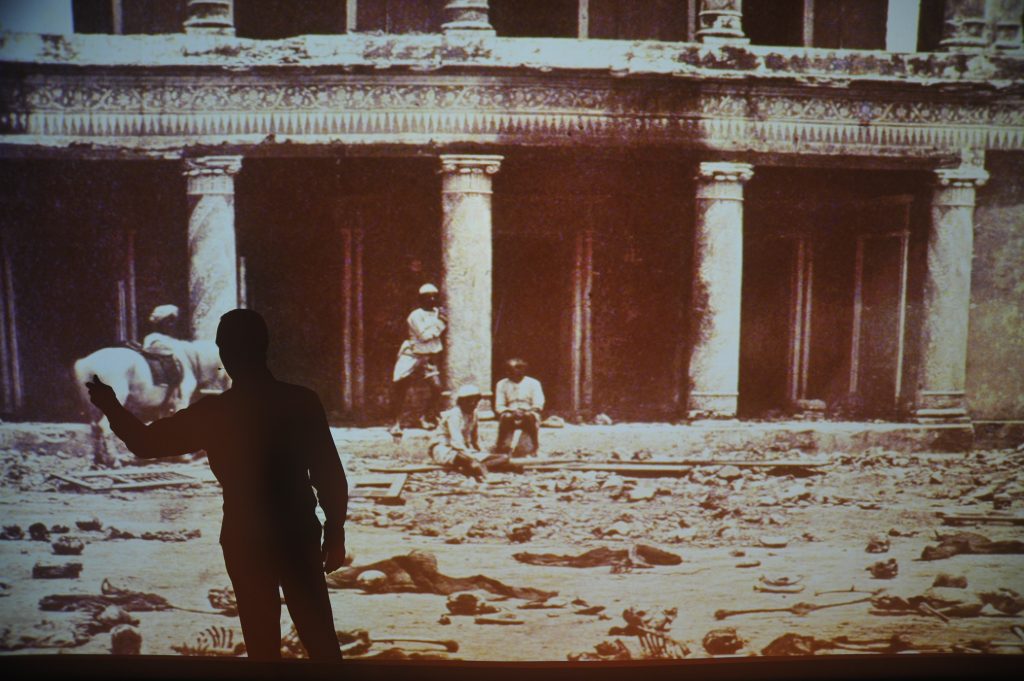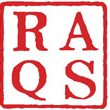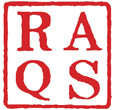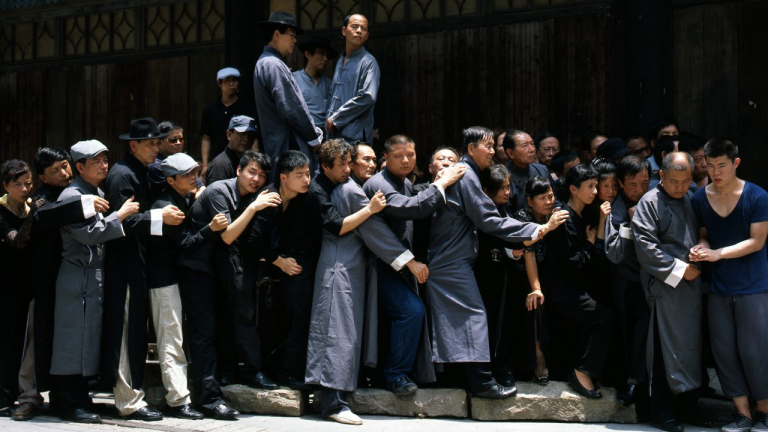Extra Time
Solo Exhibition
Chronus Centre, Shanghai (2013)
The show focuses on Raqs’ investigations of time and temporality in different registers that span the spectrum of their diverse practice ranging from performance, to installation, architectural ensembles, video, and photography. By creating striking constellations of images, by using found and solicited material, quoting and transforming elements of news photography, ubiquitous signage, theatre, architecture, and broadcast sports video, Raqs points to their vision of the networked nature of artistic and cultural production in the contemporary world. The works in this show were in several instances distillations of the many conversations that Raqs maintains and cultivates across disciplines and genders with different kinds of practitioners. These are the embodiments of their dialogues with theatre, with journalistic photography, with architecture, with theory and discourse.
This polyphonic iteration of their thinking process is in keeping with their understanding of our sense of our time and their own practice as being composed of many different elements that need to speak and listen to one another. Extra Time may be seen as a result of their conversation, as a thoughtful analytical tool, a poetic device, a theatrical demonstration as well as a sporting entertainment that unpacks and recomposes these elements into a cogent yet whimsical set of statements and gestures about being alive to the demands of being artists in today’s world.


***
Performative installation with actors, video projection, sets
With Zuleikha Chaudhari
The starting point for Seen at Secundrabagh is a photograph taken in 1857 by the war photographer Felice Beato three months after a bloody mutiny within the British East India Company. Four men and a horse pose in front of the lens, surrounded by bones that had simply been left there. Fixing a moment in India’s colonial history, the image seems to be a faithful representation of the facts. However, knowing that the exposure of a photograph in those days took a long time, we can deduce that it is the outcome of pure and simple staging Seen at Secundrabagh questions the deception of images and lays bare the intrinsic simultaneity of past, present and future.
Iterations shown at: Koninklijke Vlaamse Schouwburg, Brussels (2011)| Festival d’Automne, Le Centquatre, Paris (2011) | Wiener Festwochen, Vienna Festival (2012) | National Gallery of Modern Art, New Delhi (2014)




Looped video
Duration, 7′ 48″
Henri Cartier-Bresson took a photograph of a bank run in Shanghai in December 1948: A crowd of people desperate to get their money out of a bank in anticipation of an imminent collapse of the value of money in the lead up to the take-over of Shanghai by the People’s Liberation Army.
Every bank-run is propelled on the currents of a self-fulfilling prophecy: As people lose confidence in the value of money, they begin withdrawing money from banks which leads to a collapse of a bank’s worth; panic spreads between banks. And so, cause becomes effect becomes cause. The anticipation of the future produces conditions in the present that lead to the anticipated future. Time folds in on itself like a snake biting its own tail.
In revisiting and re-staging Cartier Bresson’s photograph in Shanghai, Raqs meet the conditions of the self-fulfilling prophecy invoked by the event captured in the original image. Cartier-Bresson’s decisive moment breaks its banks and seeks the custody of other hands. Mid-wived by other eyes and cameras, the image reincarnates as its own breathing and vivid clone, close to where we are today. The memory of one moment of crisis is transposed onto the reading of another. Time folds in on itself, again.
Iterations shown at: National Gallery of Modern Art, New Delhi (2014) |School of the Museum of Fine Arts, Boston (2015) | K21, Museum of 21st Century Art, Düsseldorf (2018)


Video diptych
Duration, 96′ 45″
In Vigil, Raqs telescope the fortunes of a football match (the 20th round of the Chinese Football Association Super League in 2012 at the Hongkou Football Stadium in Shanghai) between two rival Chinese football clubs (Shanghai Shenhua F.C. and Hangzhou Greentown F.C.) into an orchestrated meditation on time and fate. The exhilaration, the exhaustion, long periods of waiting, the despair, the loneliness, the frenzy, the fear, the hostility, the laughter, the applause, the frustration, the remorse – all is read across two static camera positions in a football game. Fixated on the two goalposts, the cameras yield footages that enable a reading of the two goalkeepers’ faces, their postures and gait – as a chronology of emotions, layered with the electric intensity of a crowd that marks every moment in the game with its vivid presence.
A football match becomes an atlas of time, with continents of fortune and misfortune, striated by alternating currents of triumph and disaster coursing through the crowd, marked by a tonality of emotions and states of being with others. All of this, and more, is found inscribed on the bodies of the two men who guard the goalposts at two ends of an unsettled score.



Calm Down, Madam (or, A Brief History of Capital)
Assemblage with found and solicited photographs, mirrored metal and rope
The pavilions and spaces of the Shanghai Expo 2010 become chapters in Raqs’ eccentric account of a Brief History of Capital offered as a conceptual prophylactic to a nervous dowager worried about her fiscal health. By collating formal and morphic resonances between found photographic traces of the Expo while it was an active site and commissioned images (from Liu Xingzhe, a photojournalist from Shanghai) of its subsequent dereliction, as well as by subsequently annotating these two sets of images with a group of ready-made materials, Raqs construct a homeopathic algebra of forms that embraces the crests and troughs of Capital’s representation of itself as a global system.
The Expo site, its vistas and architectural embellishments become a mise-enscène for the staging of a kind of stretched out snapshot of Capital’s allure and repulsion. By observing the transformation and wear and tear of a space where Capital represents itself, Raqs construct a metaphor for its uneven career in an uncertain world. They are not confident that this will assuage the dowager’s anxieties. But there is no harm in trying to calm her down.


The Imminent Departure of Anybody, Everybody, Somebody, Nobody, Antibody, Busybody and Others
Ensemble of 18 renditions of the EXIT pictogram
“Now and then, one can find a way out of the here and now.
Always look for the exit sign.”
Eighteen identical fluorescent acrylic figures in vivid colours, adult human sized renditions of the “little running man” – the internationally adopted ISO standard pictogram denoting “EXIT” designed by Japanese graphic designer Yukio Ota – are suspended mid-air, facing different directions. The exits they mark seem not to be referring to points in space (since they do not conform to a single direction), but to multiple ways of escape out of the frozen snapshot of a moment of time.
Taken together, these 18 running men (Anybody, Everybody, Somebody, Nobody, Antibody, Busybody and Others) constitute for Raqs a team of players (and they are present in every place, ranging from Tahrir to Taksim), playing a series of gambits, or opening moves, that anyone might emulate to deal with the claustrophobic monotony of a regulated present. This could be a choreography, or a mandala, for time travel.
This work is adapted from The Things That Happen When Falling in Love, shown at the Baltic Centre for Contemporary Art, Tyneside (2010)


The Portable Auto-Didactic Library
Image, bookshelf, books and memory table with chairs
Collaboration with Nikolaus Hirsch and Michel Mueller
The Portable Auto-Didactic Library is a configuration of reading table with chairs, a bookshelf with books and an image that features a stack of books with no titles on their spines.
Taken together, these elements constitute a representation of the way in which Raqs Media Collective likes to think about its self-education. The Portable Auto-Didactic Library is an adaptable working and study space, where visitors can consult the books on offer, make notes and leave observations and traces, and consider the new, as yet unwritten books that they may want to read or write by contemplating “The Namak Haraam’s Philosophy”.



